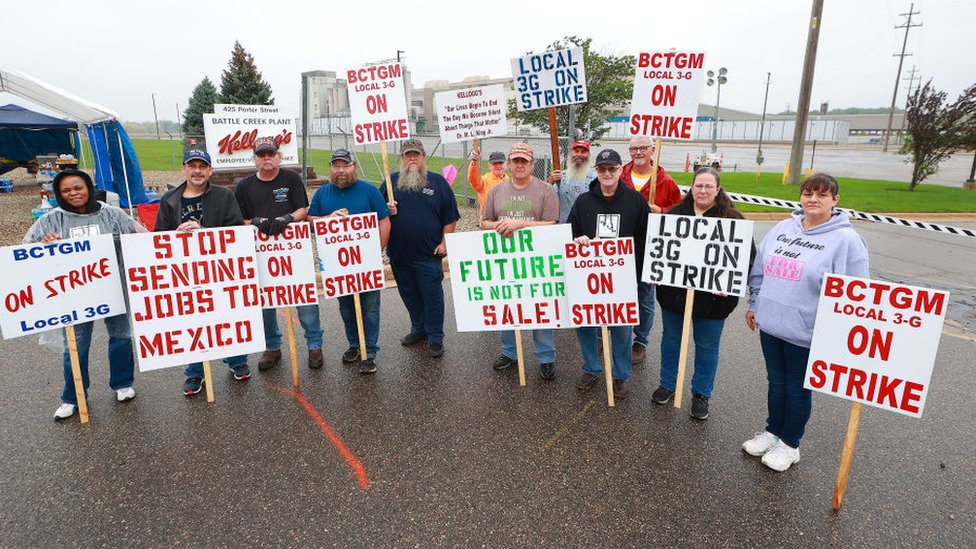Introduction
In recent years, strike action has become a prevalent form of protest and negotiation in various industries worldwide. From labor disputes to social injustices, strikes serve as a powerful tool for workers to voice their concerns and demand change. In this article, we delve into the intricacies of strike action, exploring its types, reasons, impacts, and recent developments.
What is Strike Action?
At its core, strike action refers to a collective withdrawal of labor by workers to express dissatisfaction with working conditions, wages, or other grievances. It is a concerted effort by employees to disrupt normal business operations as a means of exerting pressure on employers to address their demands.
Types of Strike Action
Sit-down Strikes
Sit-down strikes involve workers occupying their place of work, refusing to leave until their demands are met. This form of protest can be highly disruptive, as it prevents employers from accessing essential facilities and resources.
Work-to-Rule Strikes
Work-to-rule strikes entail employees adhering strictly to work regulations and procedures, often slowing down productivity to showcase the importance of their roles within the organization.
Wildcat Strikes
Wildcat strikes are unauthorized and spontaneous actions taken by workers without the approval of union leadership. These strikes typically arise from immediate grievances and can catch employers off guard.
Reasons for Strike Action
Wage Disputes
One of the most common reasons for vtspotlight.com is wage disputes. Workers may demand higher pay or improved benefits to align with the rising cost of living or industry standards.
Labor Conditions
Poor working conditions, such as long hours, inadequate safety measures, or lack of proper equipment, can prompt employees to initiate strike action to compel employers to address these concerns.
Job Security
Concerns about job security, including layoffs, outsourcing, or precarious employment contracts, can drive workers to strike in a bid to safeguard their livelihoods.
Impact of Strike Action
Economic Impact
The economic impact of strike action can be significant, resulting in production delays, supply chain disruptions, and financial losses for businesses. Additionally, strikes may lead to increased labor costs and decreased investor confidence.
Social Impact
Strikes often garner widespread public attention and support, raising awareness of labor issues and fostering solidarity among workers. They can also spark debates on social inequality and corporate responsibility.
Political Impact
In some cases, strike action can influence political agendas and policies, especially when it addresses systemic issues such as income inequality, healthcare, or environmental concerns. Politicians may feel compelled to address these issues to appease constituents and maintain public order.
Recent Strike Action News
Industry-specific Strikes
In recent months, various industries, including healthcare, education, and transportation, have witnessed strikes over issues ranging from staffing shortages to workplace safety protocols. Nurses, teachers, and public transport workers have taken to the streets to demand better working conditions and fair compensation.
Global Strikes
Internationally, workers in countries such as France, Brazil, and India have staged large-scale strikes to protest government policies, austerity measures, and labor reforms. These demonstrations underscore the interconnectedness of labor movements and the global nature of socio-economic challenges.
Conclusion
Strike action remains a potent instrument for workers to assert their rights and effect change in the workplace and beyond. As labor dynamics evolve and socio-economic disparities persist, the role of strikes in shaping public discourse and driving policy reforms is likely to endure.

